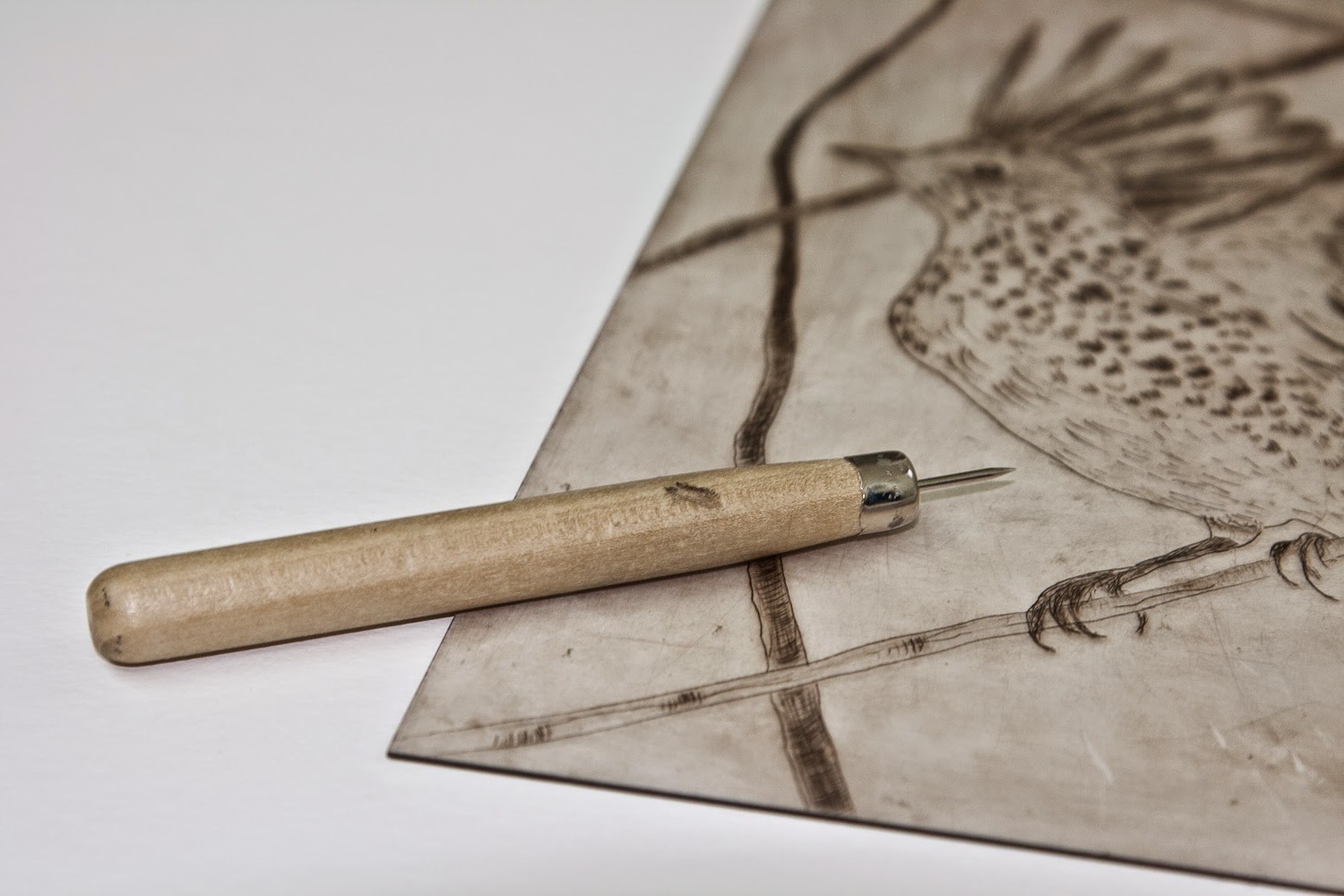
Intaglio is a fascinating printmaking technique that has been around for centuries. But what exactly is it? Intaglio involves engraving or etching a design into a surface, usually metal, to create prints. This method stands out because the ink sits below the surface of the plate, unlike other techniques where it rests on top. Artists and craftsmen have used intaglio to produce intricate and detailed images, making it a favorite among printmakers. From historical documents to modern art, intaglio has left its mark on the world. Ready to learn more? Here are 35 intriguing facts about intaglio that will deepen your appreciation for this timeless art form.
What is Intaglio?
Intaglio is a fascinating art form and printing technique that has been around for centuries. It involves engraving or etching a design into a surface, usually metal, to create prints. Let's dive into some intriguing facts about this ancient yet enduring method.
-
Ancient Origins: Intaglio dates back to ancient Egypt and Mesopotamia, where it was used for creating seals and jewelry.
-
Italian Roots: The term "intaglio" comes from the Italian word "intagliare," which means "to carve."
-
Metal Plates: Typically, intaglio prints are made using metal plates, often copper or zinc.
-
Multiple Techniques: Intaglio encompasses various techniques, including engraving, etching, drypoint, aquatint, and mezzotint.
-
Engraving: This technique involves cutting lines into a metal plate with a burin, a sharp tool.
-
Etching: In etching, artists use acid to bite into the metal plate, creating lines and textures.
-
Drypoint: Drypoint involves scratching the plate with a hard-pointed needle, producing a softer line.
-
Aquatint: This method uses powdered resin to create tonal effects, similar to watercolor washes.
-
Mezzotint: Mezzotint creates rich, velvety blacks by roughening the plate's surface with a rocker tool.
-
Inking the Plate: After engraving or etching, the plate is inked, and the ink is wiped off the surface, leaving it only in the recessed lines.
-
Printing Process: The inked plate is then pressed onto paper using a high-pressure printing press.
-
Reversed Image: The printed image is a mirror image of the design on the plate.
-
Fine Details: Intaglio allows for incredibly fine details and intricate designs.
-
Durability: Metal plates can produce many prints before wearing out, making intaglio a durable method.
-
Currency Printing: Intaglio is commonly used for printing currency due to its ability to produce fine details and prevent counterfeiting.
-
Famous Artists: Renowned artists like Albrecht Dürer and Rembrandt van Rijn mastered intaglio techniques.
-
Artistic Versatility: Intaglio can be used for both black-and-white and color prints.
-
Chiaroscuro: This technique, meaning "light-dark" in Italian, uses intaglio to create strong contrasts between light and shadow.
-
Historical Significance: Intaglio played a crucial role in the history of printmaking and the dissemination of knowledge.
-
Modern Use: Despite digital advancements, intaglio remains popular among contemporary artists for its unique qualities.
-
Educational Tool: Intaglio is often taught in art schools to help students understand the fundamentals of printmaking.
-
Collectible Prints: Intaglio prints are highly collectible and can be valuable pieces of art.
-
Limited Editions: Artists often produce limited editions of intaglio prints, adding to their exclusivity.
-
Paper Choice: The type of paper used can significantly affect the final print's appearance and quality.
-
Proofing: Artists create proof prints to check the design before making the final edition.
-
State Proofs: These are prints made at different stages of the plate's development, showing the artist's progress.
-
Artist's Proofs: These are prints reserved for the artist's personal use, often marked "A.P."
-
Blind Embossing: Intaglio can also be used to create blind embossing, where the design is pressed into the paper without ink.
-
Combination Techniques: Artists sometimes combine intaglio with other printmaking methods, like relief printing, for unique effects.
-
Historical Documents: Many historical documents, including maps and manuscripts, were created using intaglio techniques.
-
Scientific Illustrations: Intaglio was widely used for scientific illustrations due to its precision and detail.
-
Architectural Plans: Architects used intaglio to create detailed plans and blueprints.
-
Book Illustrations: Many classic books feature intaglio illustrations, adding to their artistic value.
-
Restoration: Restoring old intaglio prints requires specialized knowledge and techniques to preserve their integrity.
-
Cultural Heritage: Intaglio is an important part of our cultural heritage, reflecting the artistic and technical achievements of past civilizations.
The Final Brushstroke
Intaglio printing, with its rich history and intricate techniques, remains a fascinating art form. From its origins in the 15th century to its modern applications, this method has left an indelible mark on the world of printmaking. Artists and collectors alike appreciate the depth, detail, and texture that intaglio offers. Whether you're an art enthusiast or just curious about different printing methods, understanding intaglio gives you a deeper appreciation for the craftsmanship involved. So next time you see a finely detailed print, remember the meticulous process behind it. Intaglio isn't just a technique; it's a testament to human creativity and precision. Keep exploring, keep learning, and who knows? Maybe you'll find yourself inspired to try your hand at this timeless art form.
Was this page helpful?
Our commitment to delivering trustworthy and engaging content is at the heart of what we do. Each fact on our site is contributed by real users like you, bringing a wealth of diverse insights and information. To ensure the highest standards of accuracy and reliability, our dedicated editors meticulously review each submission. This process guarantees that the facts we share are not only fascinating but also credible. Trust in our commitment to quality and authenticity as you explore and learn with us.
